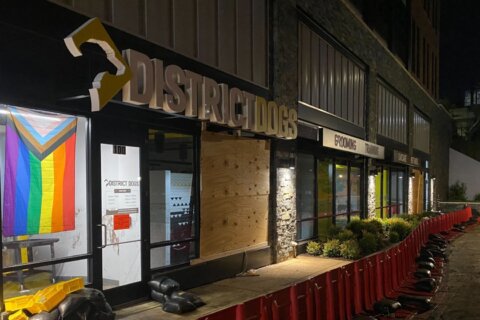Good news if you live in D.C., Maryland or Virginia: A trade group says there are fewer bridges here that are in bad shape when compared with other areas in the U.S.
D.C.-based American Road & Transportation Builders Association, which bills itself as a “nonpartisan federation” with a goal to “aggressively grow and protect transportation infrastructure investment to meet the public and business demand for safe and efficient travel,” said just 2.8% of the District’s bridges are deficient; 3.8% of Virginia’s bridges are listed as deficient; and 4.6% of Maryland’s bridges are listed as “deficient.”
For comparison, West Virginia, which came in at No. 1 on the group’s list for deficient bridges, hits 20.4%.
The top five states with the highest percentage of deficient bridges are the following:
- West Virginia;
- Iowa;
- Rhode Island;
- South Dakota;
- Pennsylvania.
According to ARTBA, the seven structurally deficient bridges in D.C. are the following:
- The Roosevelt Bridge;
- South Capitol Street over Suitland Parkway;
- Anacostia Freeway over Suitland Parkway;
- Benning Road over Kenilworth Avenue;
- H Street Bridge over the terminal yard near Union Station;
- Joyce Road bridge in Rock Creek Park;
- 31st Street Bridge over the C&O Canal in Georgetown.
D.C. recently closed lanes on the Roosevelt Bridge for the next few months as crews complete emergency repair work.
Repairs are expected to continue for four months, weather permitting, according to the District Department of Transportation.
In Maryland, 253 of the state’s 5,446 bridges were listed as structurally deficient.
In Virginia, 530 of the commonwealth’s 13,997 bridges were listed as structurally deficient.
Nationwide, the group said there are 43,578 structurally deficient bridges. This interactive map shows how each state is doing.
The Federal Highway Administration changed its definition of “structurally deficient” in 2018. The new definition limits the classification to bridges where one of the key structural elements — the deck, superstructure, substructure or culverts — are rated in poor or worse condition, ARTBA said.








